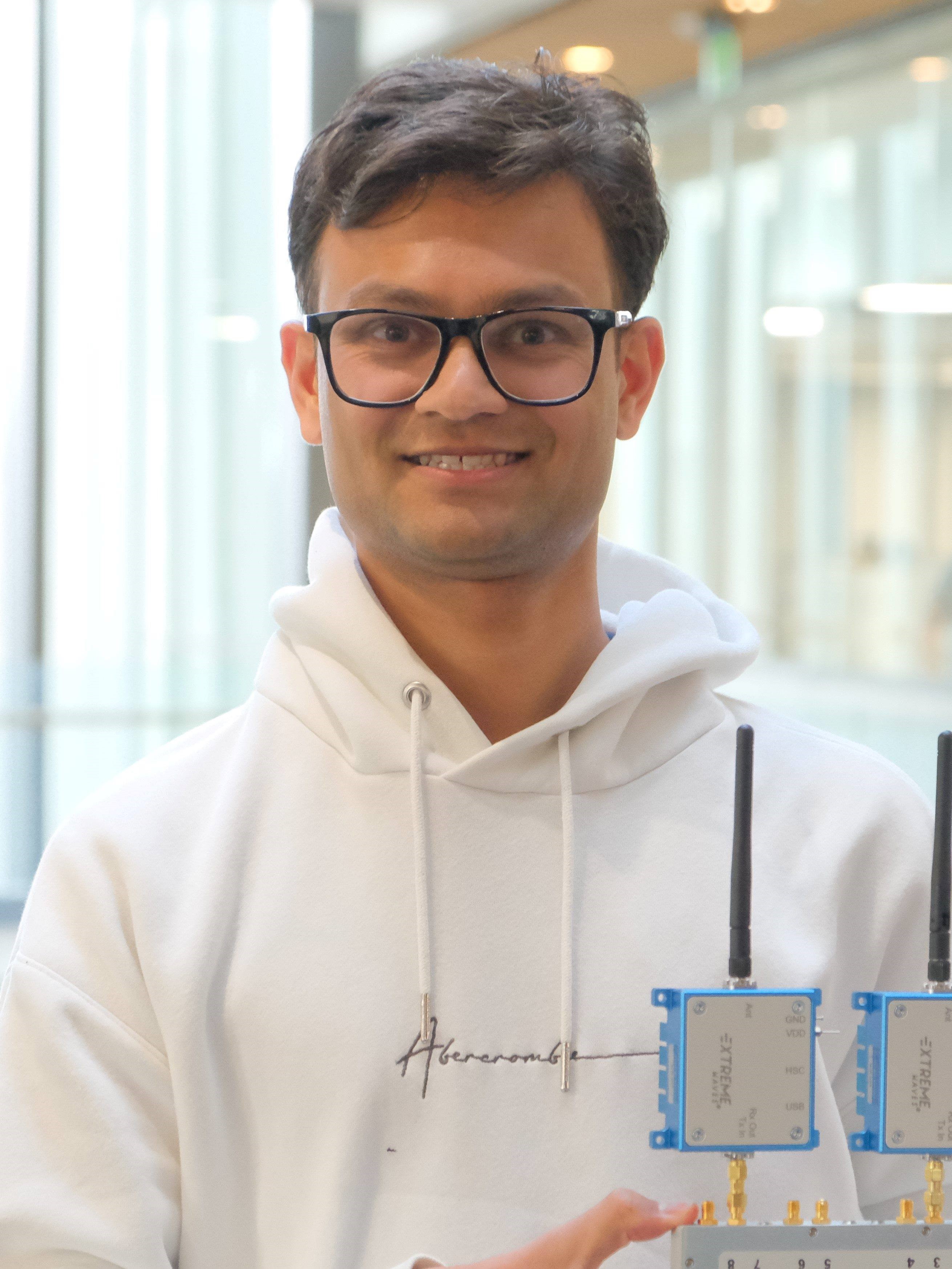Towards xG
Overview
Wireless systems have evolved to send in more and more bits across, and faster. This is evident from simple voice calls in 1-2G to seamless video calls in 3-4G and leading towards AR/VR support in 5G. However, in the nextG (6G and beyond), wireless networks need to be strongly application driven. This translates to the race to get higher throughput showing signs of stagnation, and promoting relook of wireless networks with an eye towards flexibility, reliability and the application QoS metrics.
In WCSNG, we envision the nextG to rely more on virtualized networks that provide flexibility, and efficient integration of wireless technologies with networking stacks to promote reliability and best sofwarized control of the networks. Towards this end, we have projects that span across multiple layers, frequency bands and applications of wireless networks.
-
Achieveing sustainable, dense 6G network with low-power MIMO base-stations: In this project, we showcase our vision for next generation wireless network, by promoting densification while handling interference effectively by leveraging MIMO concepts. With years of research behind MIMO, there are few real-world deployments, since it right now lacks a central application to build around. We believe by enabling low-power enough MIMO, densification can be one killer application for MIMO and promote real world networks utilizing this cool technology.
-
Reliable, Cross-Domain Adaptable mmWave networks: mmWave networks have the potential to unlock the required high throughputs and serve the upcoming AR/VR innovations. However, the real-world adoption has been scarce, with mmWave shown to be often unreliable due to the large signal losses inculcated at these 10s of GHz freqeuncy bands. We show how to make mmWave as reliable as a wired link by pursuing innovating mmWave beam designs, and augmenting the network with cross-domain knowledge from other sensors like radar, in order to offset the large path loss challenge.
-
NextG network optimization and control with low-latency AI: With the advent of software-defined networking, there has been a paradigm shift in the cellular network landscape, leading towards virtualization and disaggregation. Open RAN promotes open interfaces to facilitate data collection for comprehensive network analysis. Furthermore, it also promotes embedding control hooks directly into cellular network functions. These are critical steps towards actualizing the vision of an intelligent network, where optimization and control are not just possible, but are fundamental aspects of the network’s operation. We incorporate low latency AI capabilities to cellular networks to make realtime network decisions possible, this is crucial to enable the diverse range of end user applications anticipated in the next generation of mobile communication.
Publications
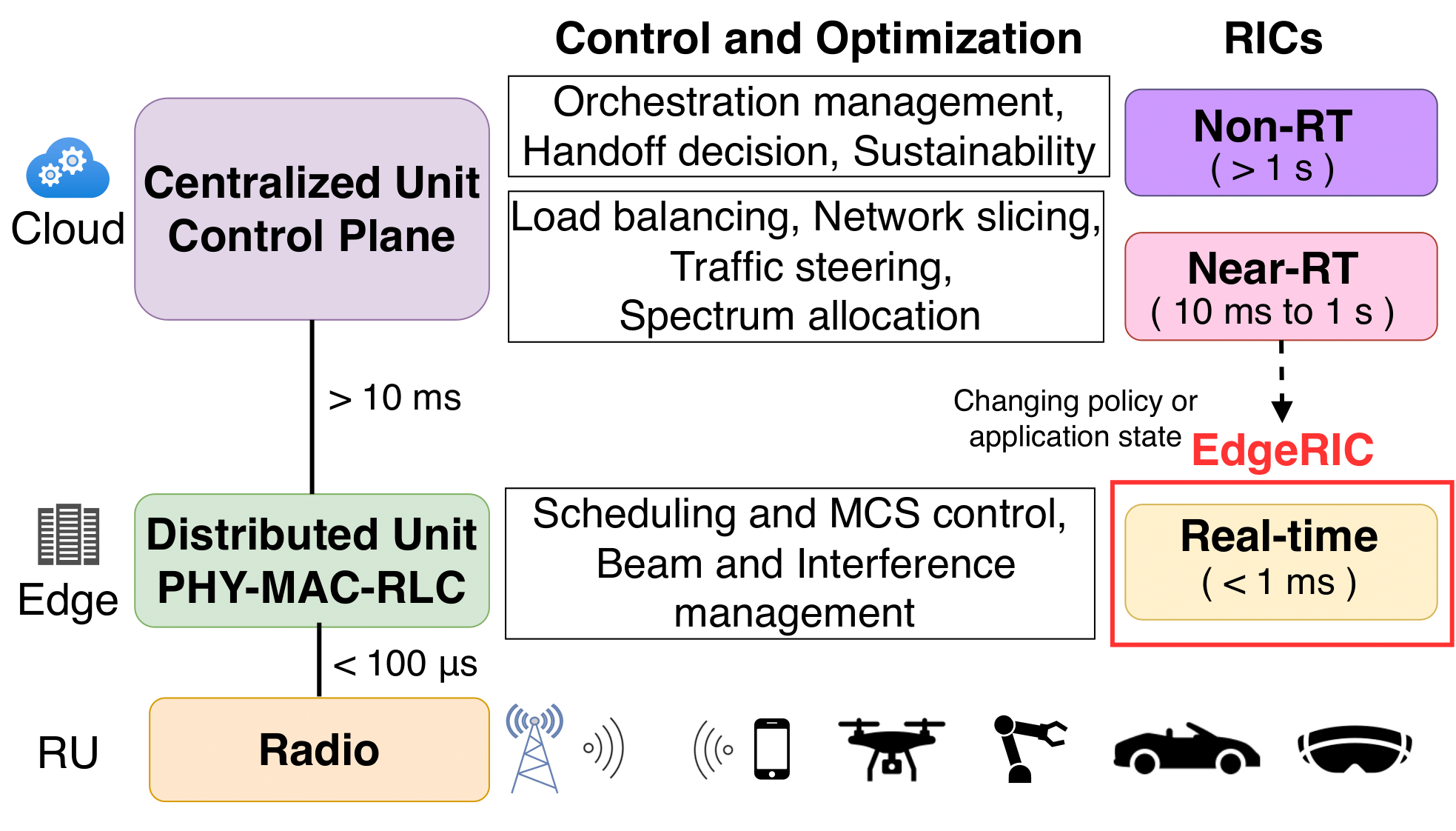
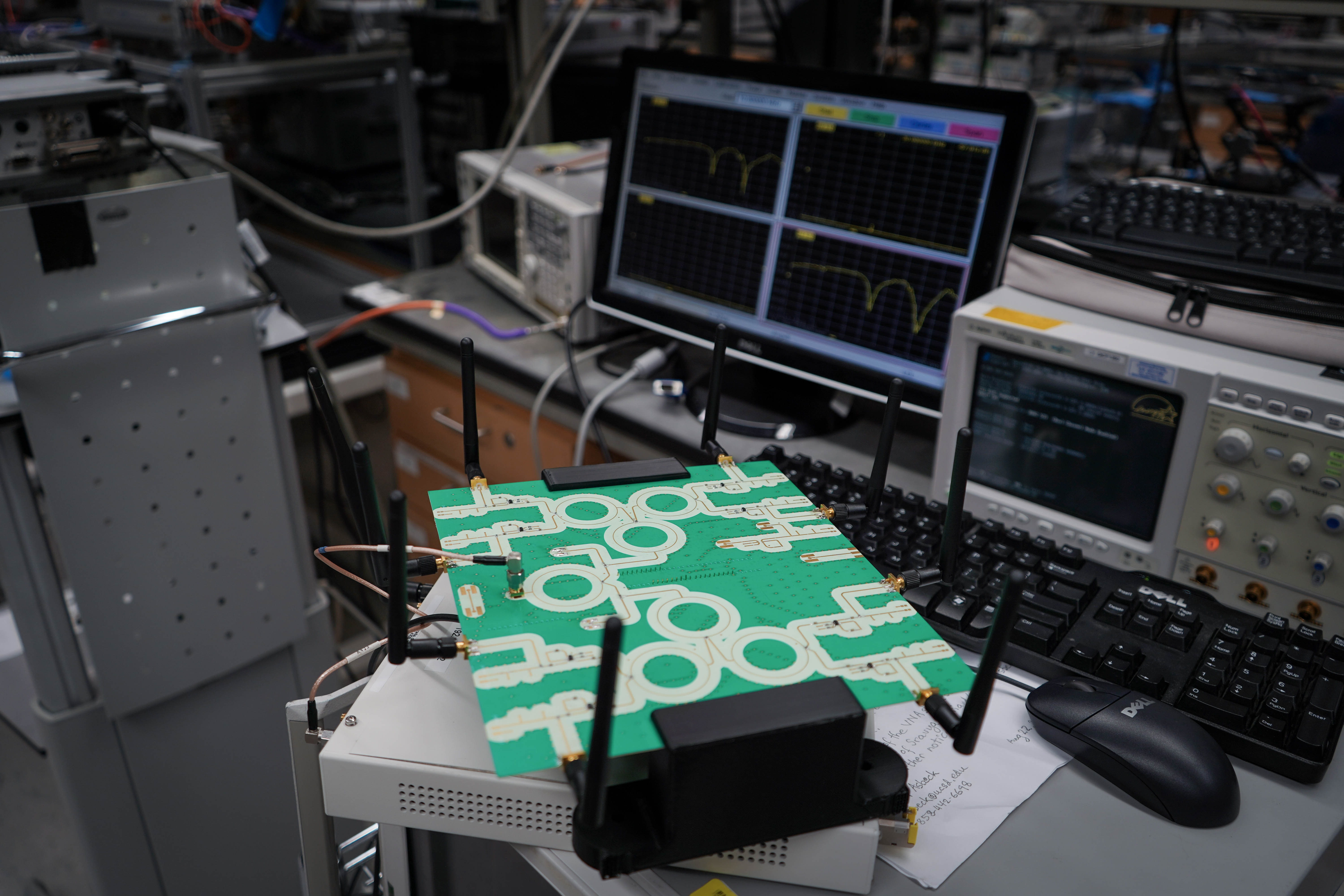
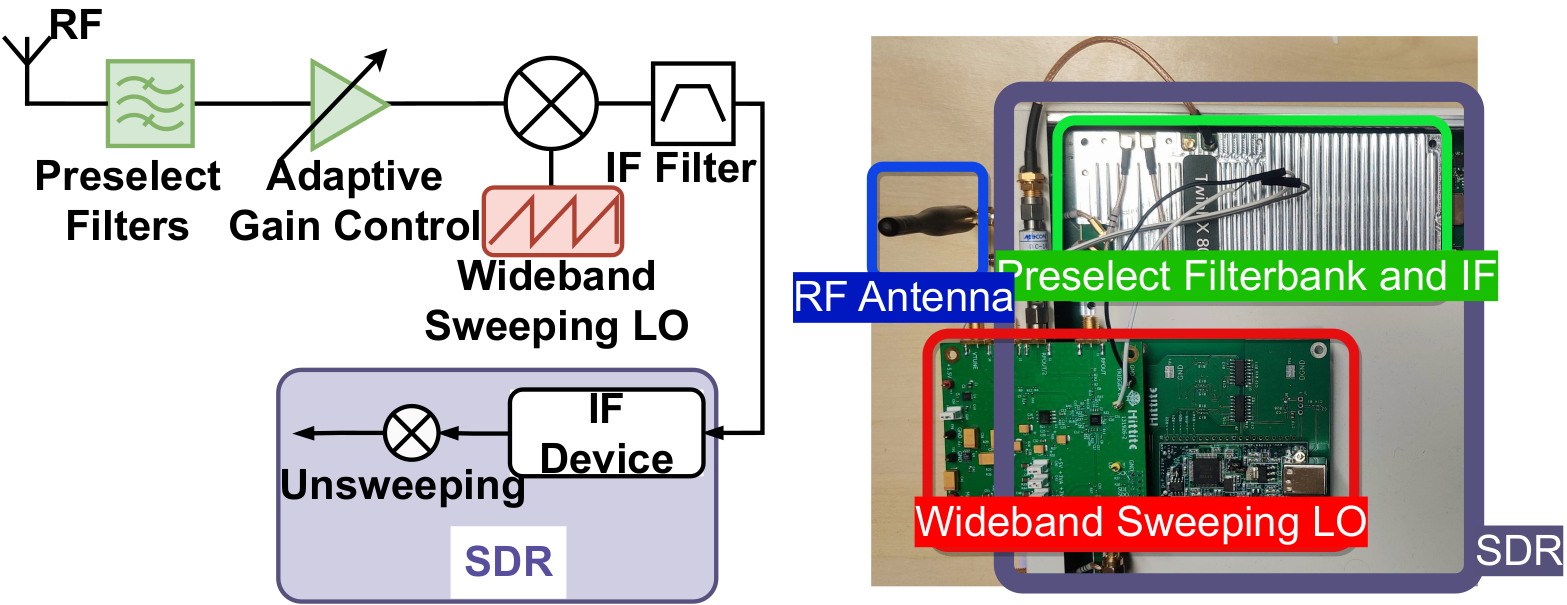
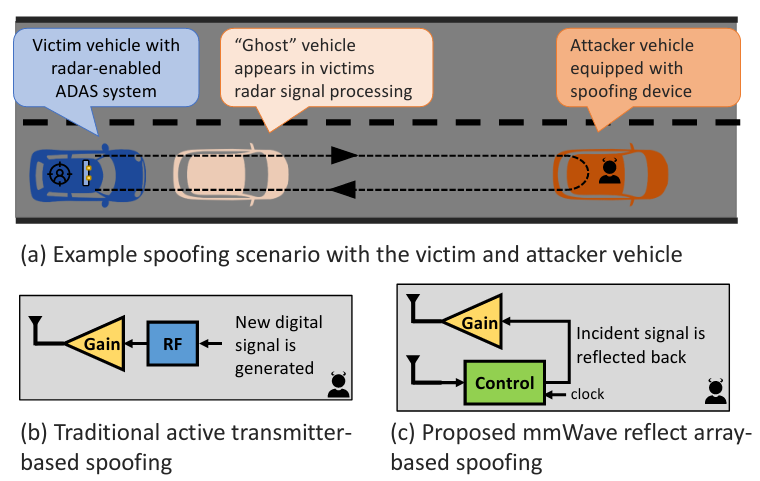

Open Source Code and Datasets
- [ GreenMO: Enabling Virtualized, Sustainable Massive MIMO with a Single RF Chain Dataset ]
- [ Crescendo: Towards Wideband, Real-Time, High-Fidelity Spectrum Sensing Systems Code ]
- [ mmFlexible: Flexible Directional Frequency Multiplexing for Multi-user mmWave Networks Code ]
- [ mmFlexible: Flexible Directional Frequency Multiplexing for Multi-user mmWave Networks Dataset ]
- [ mmFlexible: Flexible Directional Frequency Multiplexing for Multi-user mmWave Networks Code ]
- [ mmFlexible: Flexible Directional Frequency Multiplexing for Multi-user mmWave Networks Dataset ]
- [ BSMA: scalable LoRa networks using full duplex gateways Code ]
- [ Two beams are better than one: Towards Reliable and High Throughput mmWave Links Code ]
- [ Two beams are better than one: Towards Reliable and High Throughput mmWave Links Dataset ]
- [ mMobile: Building a mmWave testbed to evaluate and address mobility effects Dataset ]
Team

